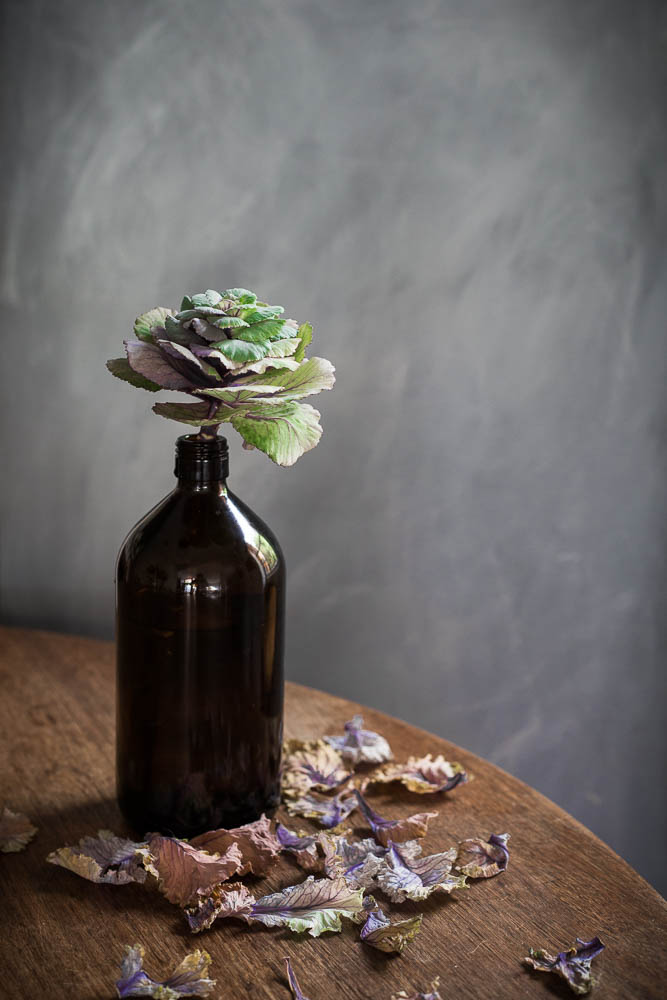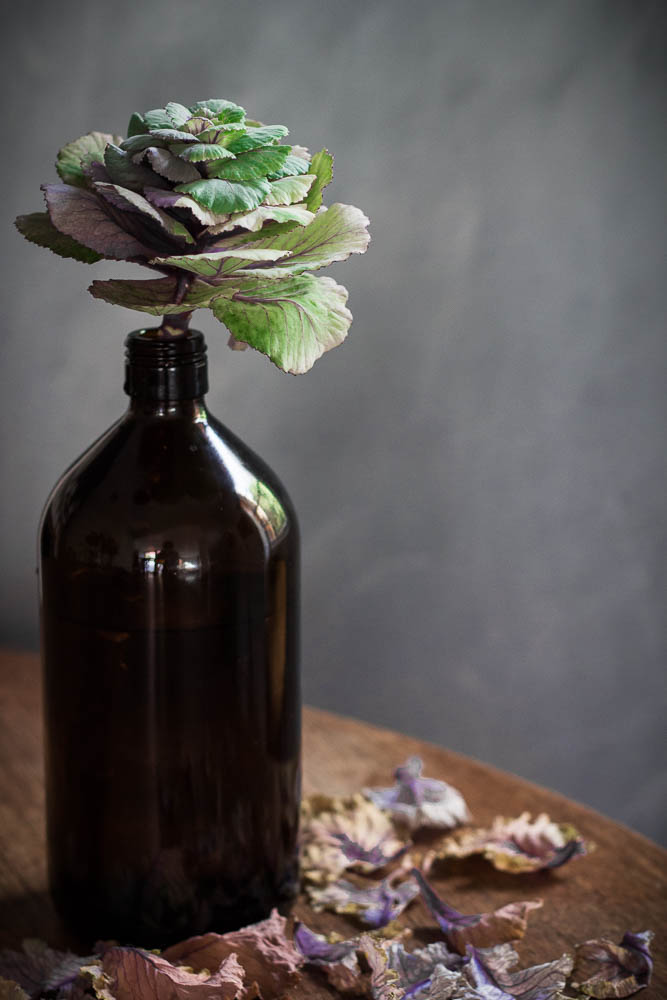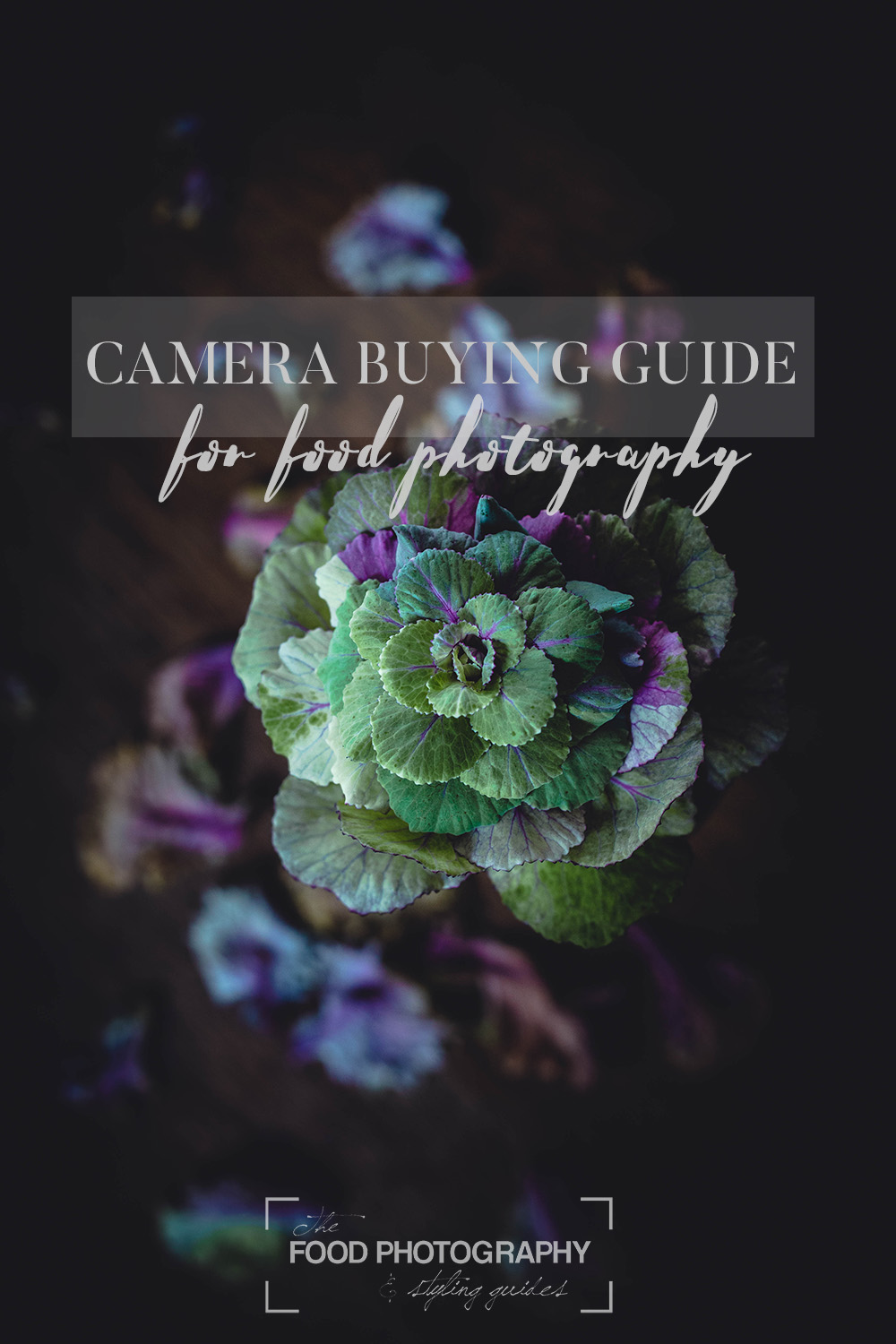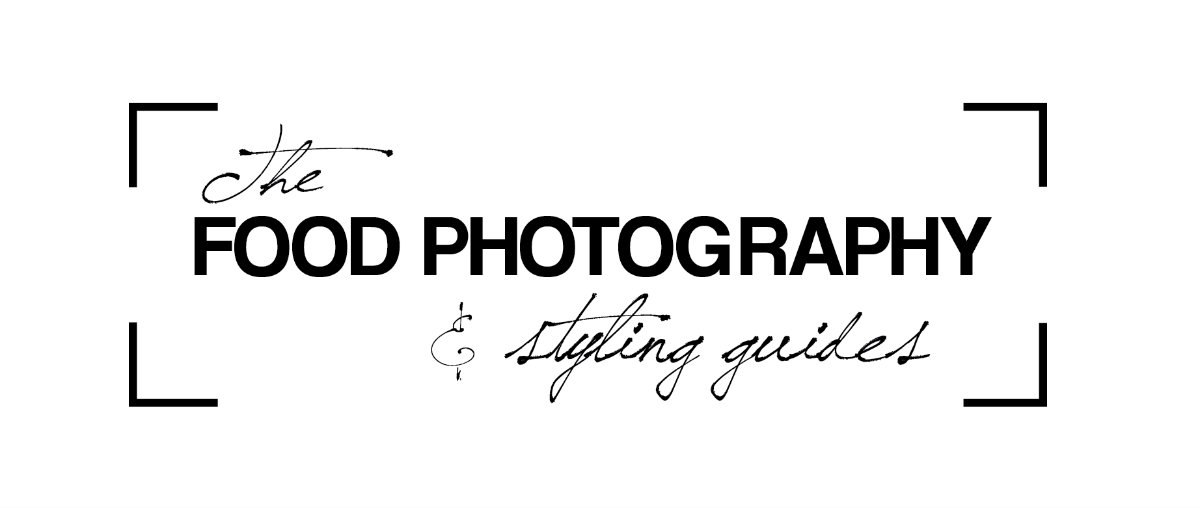18
JULY 2017
Buying both a camera and a lens is quite a personal thing. There are many specifics which go into what is right for YOU – cost, fit for purpose, and so on. While your gear will depend on your personal circumstances, I thought I would outline what are the key things to look for in buying gear for food photography, as well as what I ended up choosing (purely so that you can see the things I considered, not to sway your opinion).
NB – This post was getting a little long, so I’ve split it into two – we’ll discuss the camera body today, and lenses next week.
A constant concern of food photographers – and something I get asked about constantly – is which equipment to use when shooting food.
This can be a tough thing to work out, especially if you don’t really know what options you have.
So firstly let’s look at what the options are in terms of camera bodies, before we delve into lenses in the next post.
CAMERA BODY
When choosing a camera for food photography, you ideally want something which has manual functions so that you can have full control over the image. Your main options here are a Digital SLR (DSLR) camera, or a mirrorless camera.
- DSLR cameras use a mirror and prism combination to direct light within the camera whereas mirrorless cameras don’t (hence the name). Due to this, they are often a lot more compact (though can still weight quite a bit despite the decrease in size)
- DSLR cameras come in both cropped and full sensor models while most mirrorless cameras have a cropped sensor.
- Some mirrorless cameras are limited in the range of available lenses, whereas the options for DSLR’s are plentiful
- The sensors on full frame DSLRs are more sensitive and therefore able to produce a clearer image, both in general shooting and low light conditions.
Note that there seems to be a lot of time and effort going into mirrorless camera technology at the moment, so this is likely an area where we’ll see a lot of change and improvements in the coming years.
What to look for when buying a camera
There are a few things to think about when buying a camera for food photography.
- ‘Live view’ shooting – this means that the screen on the back can be set to ‘live’ so that you can see an enlarged image of what you would normally view through the view finder. This is especially handy when setting white balance, and determining your lighting, as well as providing a bigger picture than what you can see through the viewfinder.
- Touch screen – this can be incredibly convenient, especially when setting the focal point in an image – you just touch the screen and it will focus on that specific spot.
- Easily accessible settings – some cameras have certain settings available only via the ‘settings’ menu. Therefore, try to ensure that the settings you use frequently, particularly the ISO, aperture and shutter speed are easily accessible.
- Video function – do you want to be able to shoot video of your food as well as still photos? Not all camera’s come standard with video function, so if this is something you think you may use, add this into your list of considerations.
- Cost – Both DSLR and mirrorless cameras can be incredibly expensive – especially when you add on the cost of the lenses, so this obviously needs to be a factor. Note that just because a camera is more expensive, does not necessarily mean it is better for you. There are a number of lower-to-mid range DSLR’s that will work perfectly well as a camera for food photography. And remember that some of the features of the more expensive cameras are ones that you really don’t need (or aren’t worth the extra money) for food photography.
- Wifi – Having in-built wifi can be extremely handy for quickly transferring images from your camera to your phone (via a free app). This can be extremely handy for those of you who love to share images via Instagram (either regular posts or Stories) – it is a much quicker process than transferring your images to your computer, and then across to your phone. Not all cameras have Wifi – the 6D does and I use it all the time (note if you are weighing up the 6D vs 5D MIII, the 5D does not have Wifi (though the new 5D MIV does)
- Feel of the camera – Go into a camera store and see if you can hold and manoeuvre some of the cameras. Do they feel too heavy – or too light even. Does it feel too big in your hands? Is it easy to grip? Do the buttons feel like they are in logical places? These are all important aspects when choosing your ideal camera, you need something that feels comfortable and doesn’t intimidate you.
- Full frame vs cropped frame – The main advantages of full frame over cropped sensor are that full frame cameras can photograph at a much higher ISO, which in lay terms means you can shoot in an darker environment
Full Frame vs Cropped Sensor
In a nut shell, a full frame camera has the same sensor dimensions as 35mm film format, whereas a cropped sensor has smaller dimensions. There are a few main advantages and disadvantages here to consider in relation to food photography.
- The main visual difference is that the wider frame on a full format camera is especially useful when shooting in a small space. This means that you can fit more into the shot and then crop it out later if need be, whereas you may not have this luxury with a cropped sensor camera.
- Further to this, full frame cameras usually provide for a clearer picture in low-light situations (due to their ability to provide a sharp image at a higher ISO), and have a shallower depth of field by comparison, which can both be beneficial when shooting food.
- On the other hand, cropped sensor cameras can tend to be a little smaller and/or lighter in weight, and they also usually cost less.
Another thing to keep in mind is that the focal length of your lens will change depending on if it is mounted on a full frame or cropped sensor body.
In the example below, both images are taken from the same position (roughly a meter away from the subject) using a 50mm (f1.8) lens. The first one is using a full frame camera (Canon 6D) whereas the second is using a cropped sensor body (Canon 100D). You can see that the difference in focal lengths is quite different here, and this is definitely something to keep in mind. A cropped sensor can mean that you may need a little extra room to shoot with, and it can also make overhead shots a little more difficult – or you may have to get crafty by shooting on a chair or ladder).

Full frame shot – 50mm lens

Cropped sensor shot – 50mm lens
Cameras on a budget
There is no way around it – camera’s are not cheap, especially when you add on the cost of a lens. If you are starting out in food photography, I would suggest shooting with your camera phone if you have a decent one (newer models of most phones such as iPhones, Samsung Galaxies etc have exceptionally good in-built cameras) until you feel ready to take the plunge and purchase a DSLR or mirrorless camera.
If you are serious about your food photography, getting an interchangeable lens camera with manual shooting capabilities is really the best option. While camera technology in smart phones continues to improve, it is still pales to compare with what you can do with a DSRL camera – particularly when shooting something as detailed and finicky as food.
There are budget options when it comes to DSLR cameras – while they rarely seem to go on sale, you can look at picking up a second-hand body. Just make sure you are purchasing from a reputable dealer, and/or that you are able to see and play around with the camera to ensure it’s still in good condition before purchasing.
Soooo… what should I get?
The short answer to this would be “whatever you can afford that best suits your needs”.
When I bought my first camera, I went for a cheaper option – the Canon 100D with a 50mm f1.8 lens. This whole setup cost around $900 (Australian dollars – so roughly $720 USD). About 18 months ago, I upgraded to a Canon 6D (roughly AUD $2,000). The main reason for this was that I wanted a full frame body and also the ability to shoot in lower light. I had also taken on a few clients by this stage who were using my images for print media, and therefore I wanted to ensure my images were as good a quality as possible.
And the reason I went for a 6D instead of the 5D was that I didn’t think the additional features of the 5D were warranted by the extra cost (roughly $1,000, which is significant) – purely for the purposes that I would be using it for, ie food photography.
Ultimately though, you don’t really need a top of the line camera to take amazing pictures which is why you should consider price and purpose when buying, rather than just focusing on getting the best model. There are other factors that contribute to taking really good images – but we’ll get to those in the next post.

Sign up to for exclusive content and special offers

Dearna,
Thank you so much!This post is exactly what I needed.
I’ve been getting ready to buy a proper camera body for months now, since I use the low end DSLR Canon EOS 1200D. And having so much trouble getting good/clear shots. But was unsure of what to buy. My husband thinks that a mirrorless is the best option, while I have a feeling (in lack of real knowledge) that a full frame is a better option for me. And then 5D is so expensive!! Now I think I should consider a 6D:)
Will go to the store to “feel it”:) But I think it could easily be my future camera!
Thanks again Dearna!
Love xx
Maja
I do think for food photography a full frame is a good option. You can get full frame mirrorless cameras (I think!) but they are very expensive and not many options for lenses just yet. I really like my 6D – a lot of the extra features of the 5D (extra card etc) I just don’t need for my food photography. Also the 6D has wifi which is really handy (I’ll add this to the post 🙂 ) The other benefit for me was that the 6D is a little smaller and lighter, so I definitely think it’s a good idea to go and “feel” the camera and see what you think. Let me know what you decide – and how exciting for you! 🙂
Very interesting and informative post. I’m really surprised by the difference with full frame and cropped frame! Looking forward to reading the next one about lenses!
Thanks Anna! I had no idea about full frame vs cropped sensor when I bought my first (100D) camera! There is a lot to know about cameras so it can be a little confusing getting you head around it all. Thanks for stopping by xx
Really helpful article. Thank you for posting. I recently bought a Nikon D5600. The more I read the more I wish I would have gone for a full frame. But having no experience with photography I figured I would start with a lower end camera. Hopefully it will be a good starter camera for me. I look forward to reading more of your posts. Xx
Thanks Amanda! Its so hard to know what to get when starting out. I definitely think you made the right choice with the D5600 though – it’s a neat little compact camera (for a DSRL!) and I’ve heard that it can handle high ISO a lot better than some other cropped sensor cameras. I’m sure it will be a great first camera for you, and I’m sure you’ll have no problems re-selling it if/when you decide to upgrade to a full frame 🙂 – D x